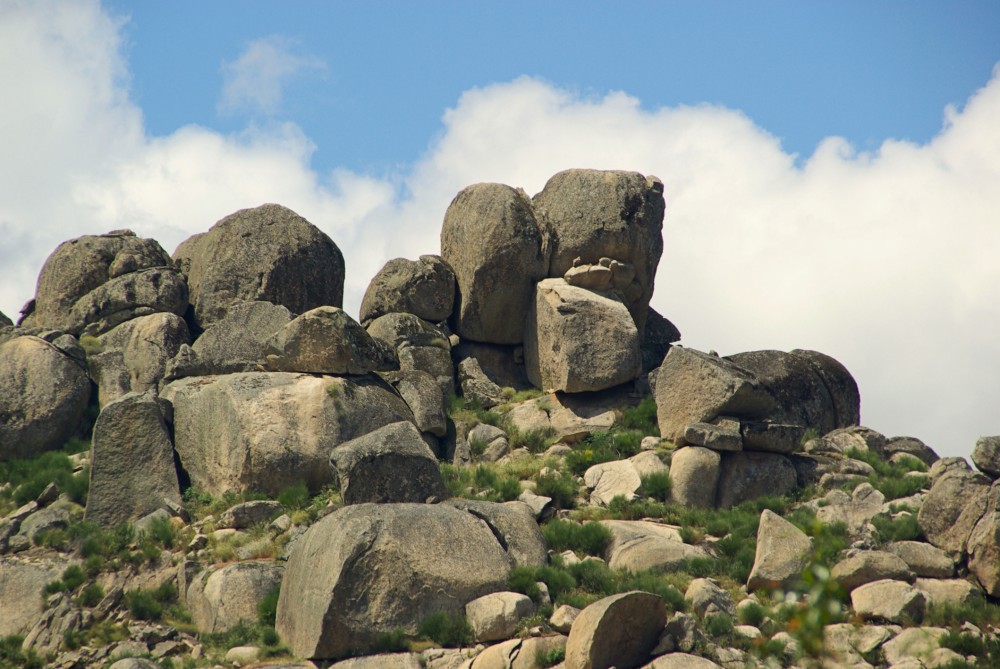Tamworth built on rock n roll
We are gaining a much better understanding of how those granites formed. It is important in helping us unravel the geological history of New England
Tamworth is famous as the home of Australian country music. But 350 million years ago, some hardcore rock n roll was also happening. Scientists from the Research School of Earth Sciences have discovered that granites in the New England area near Tamworth were produced by a remarkable process, whereby the magmas erupted from volcanoes turned to mud, then back to magma again, in a very rapid cycle.
PhD student Heejin Jeon said 350 million years ago, while much of the world was geologically stable, the country capital was all shook up. "For about 50 million years, a chain of volcanoes erupted thick piles of ash and lava into a shallow sea near the edge of the Australian continent," Jeon said. "Over time, the ash and lava turned into a massive pile of sediment that soon became buried so deeply that it began to melt. This melted sediment then rose towards the surface as molten magma, forming the granite rock formations, now exposed between Tamworth and Texas in Queensland."
"By using oxygen isotopes to distinguish between minerals crystallised when the granites intruded, and volcanic minerals trapped in the granite, then dating both, we have shown that this cycle was unexpectedly fast. Within only 15 million years the volcanic sediments were buried to a depth of about 20km, and the Earth’s heat caused them to melt. Five million years later this magma had risen back to the Earth's surface, making the granites we see today. This is an extremely fast process. This discovery has helped us gain a much better understanding of how those granites formed. It is important in helping us unravel the geological history of New England."
The discovery has been published in the international journal, Earth & Planetary Science Letters.

